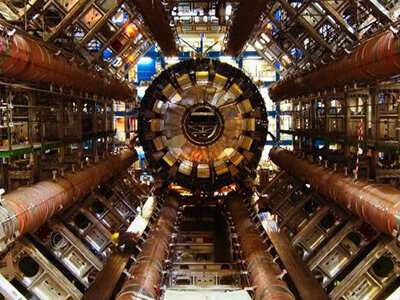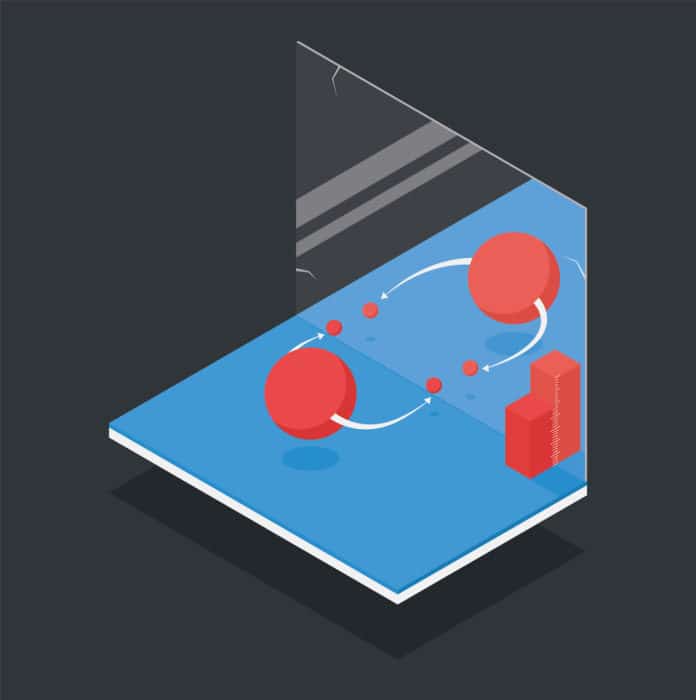Physicists in the College of Arts and Sciences at Syracuse University have confirmed that there is a markedly different decaying process between matter and antimatter, especially when it comes to elementary particles that comprise charmed quarks. This is for the first time, scientists have measured 99.999-percent certainty, a difference in the way D0 mesons and anti-D0 mesons transform into more stable byproducts.
According to scientists, the study may lead to new physics beyond the Standard Model, which describes how fundamental particles interact with one another.
Distinguished Professor Sheldon Stone said, “The findings are a first, although matter-antimatter asymmetry has been observed before in particles with strange quarks or beauty quarks. There have been many attempts to measure matter-antimatter asymmetry, but, until now, no one has succeeded. It’s a milestone in antimatter research.”
When matter and antimatter particles interact, they destroy each other in a burst of energy- the same way happened in the Big Bang. That’s why there is so little naturally occurring antimatter in the Universe around us.
According to Stone, if the same amount of matter and antimatter exploded into existence at the birth of the Universe, there should have been nothing left behind but pure energy. Obviously, that didn’t happen.”

Stone and his colleagues thus decided to search for subtle differences in matter and antimatter to understand why matter is so prevalent.
The answer may lie at CERN, where scientists create antimatter by smashing protons together in the Large Hadron Collider (LHC), the world’s biggest, most powerful particular accelerator. The more energy the LHC produces, the more massive are the particles—and antiparticles—formed during the collision.
It is in the debris of these collisions that scientists such as Ivan Polyakov, a postdoc in Syracuse’s HEP group, hunt for particle ingredients.
Polyakov said, “We don’t see antimatter in our world, so we have to artificially produce it. The data from these collisions enables us to map the decay and transformation of unstable particles into more stable byproducts.”
HEP is famous for its spearheading investigation into quarks—elementry particles that are the building blocks of mayyer. hey usually come in six types, however, researchers more often than not discuss them in pairs: up/down, charm.strange and top/bottom. Each pair has a relating mass and frictional electronic charge.
Notwithstanding the beauty quark (the “b” in “LHCb”), HEP is keen in the charmed quark. In spite of its generally high mass, an enchanted quark carries on a short-lived presence before rotting into something progressively steady.
Recently, HEP studied two versions of the same particle. One version contained a charmed quark and an antimatter version of an up quark, called the anti-up quark. The other version had an anti-charm quark and an up quark.
Using LHC data, they identified both versions of the particle, well into the tens of millions, and counted the number of times each particle decayed into new byproducts.
Stone said, “The ratio of the two possible outcomes should have been identified for both sets of particles, but we found that the ratios differed by about a tenth of a percent. This proves that charmed matter and antimatter particles are not totally interchangeable.”
Polyakov said, “Particles might look the same on the outside, but they behave differently on the inside. That is the puzzle of antimatter.”
Stone said, “The idea that matter and antimatter behave differently is not new. Previous studies of particles with strange quarks and bottom quarks have confirmed as such.”
“What makes this study unique is that it is the first time anyone has witnessed particles with charmed quarks being asymmetrical: It’s one for the history books.”
